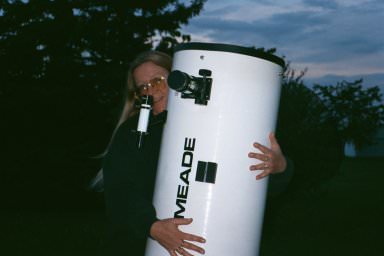
We've decided to republish Tammy Plotner's Guide to the Messier Objects and Constellations, starting today with M1 - the Crab Nebula.
Continue reading

Continue reading

Wow. This video will knock your socks off ... at least it did mine. This new flyover video of Ceres was created using enhanced images taken by the Dawn spacecraft's framing camera.
Continue reading
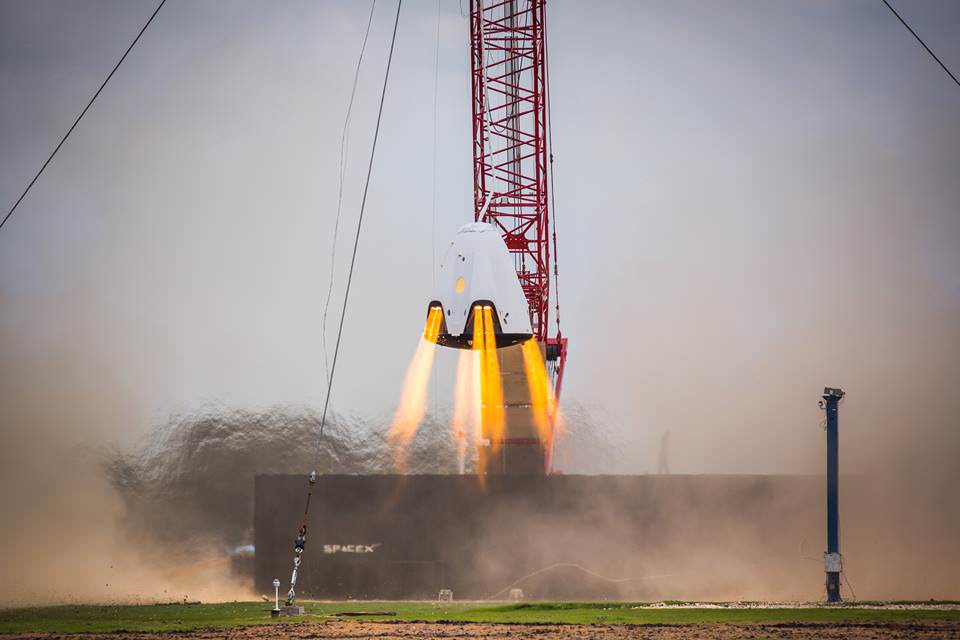
On the road to restoring US Human spaceflight from US soil, SpaceX conducted a pair of key tests involving a propulsive hover test and parachute drop test for their Crew Dragon vehicle which is slated to begin human missions in 2017.
Continue reading

Robin Biesbroek's book "Lunar and Interplanetary Trajectories" will show you some of the tricks of the trade in optimizing missions, whether choosing the best launch system or balancing an orbit about a Lagrange point.
Continue reading
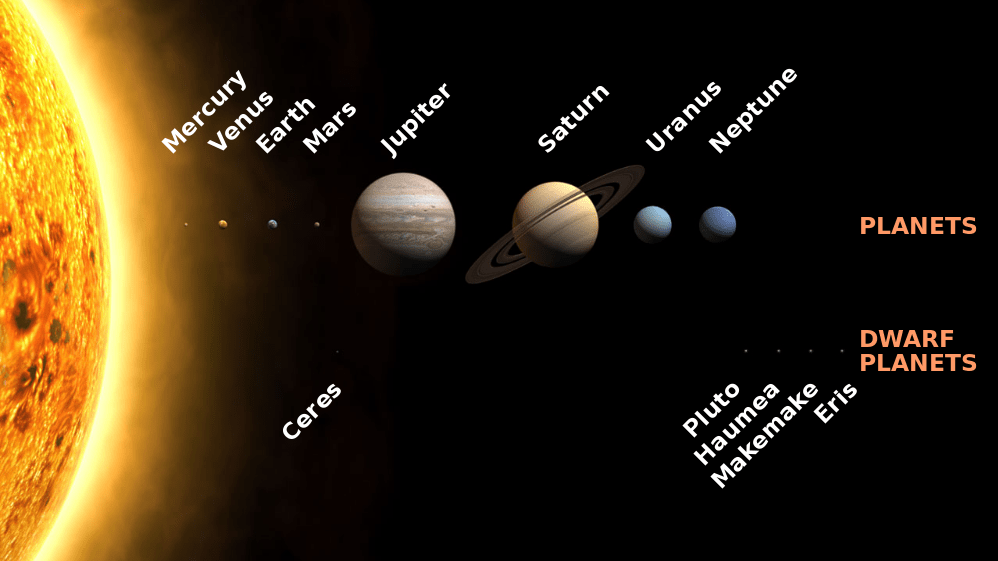
Here on Earth, a year lasts roughly 365.2 days. But on the other planets in our Solar System, things get a little more complicated...
Continue reading

Continue reading

Continue reading
A new video shows us in striking detail where we live in the Universe.
Continue reading

Blue Origin reaches an historic milestone as their New Shepard rocket becomes the first successful reusable rocket.
Continue reading
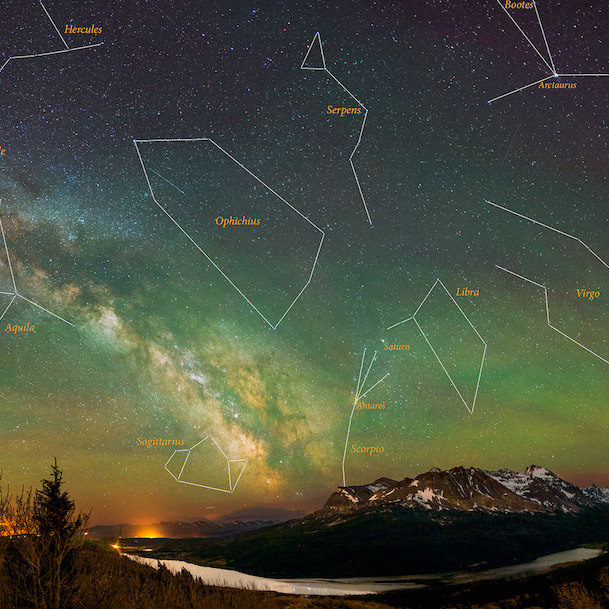
Astrophotographer Matt Dieterich thoughtfully identified all the constellations in this amazing mosaic image of the Milky Way captured from Glacier National Park in Montana in May, 2016.
Continue reading

A recently discovered planet that orbits its star at 1 trillion kilometres raises questions about our understanding of solar system formation.
Continue reading
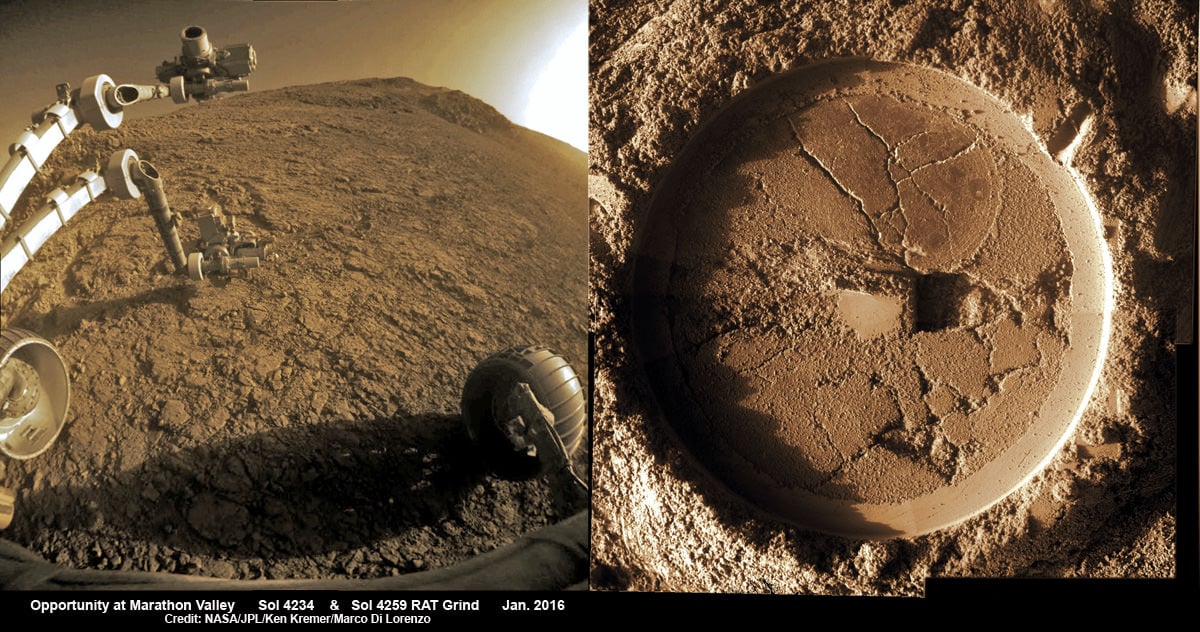
NASA's world famous Mars Exploration Rover Opportunity continues blazing a daily trail of unprecedented science first's, still swinging her robotic arm robustly into action at a Martian "Mining Zone" on the 12th anniversary of her hair-raising Red Planet touchdown this week, a top rover scientist told Universe Today.
Continue reading

Have you ever seen a ring around the Moon in the sky and wondered what causes it? This is a "moon halo", and it's caused by light passing through ice particles suspended in the high atmosphere.
Continue reading

While some of us might only be dreaming of sticking our toes in the sand right about now, the Curiosity rover is actually doing so. But it's no vacation for the rover, even though she stopped to take a selfie.
Continue reading
Continue reading
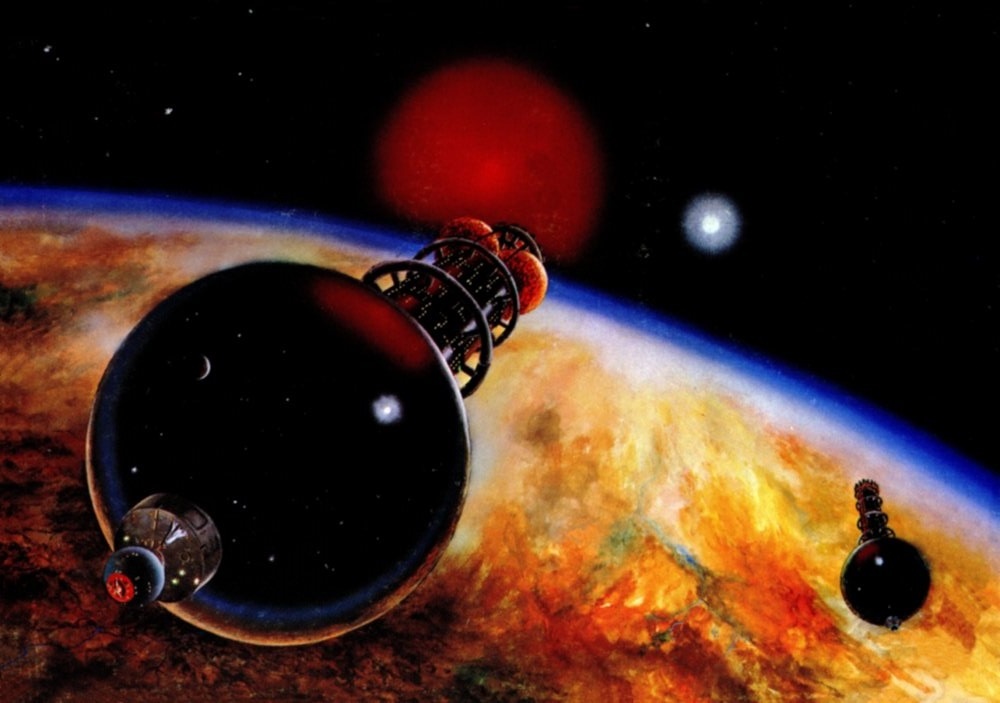
Between existing and theoretical technology, it would take a very long time to get to Proxima Centauri, the nearest star. But it is possible...
Continue reading

NEW JERSEY - NASA astronaut Scott Kelly captured a rare display of 'thundersnow' from space as Snowzilla's blast pummeled much of the US East Coast this weekend with two feet or more of blinding snow from the nations' capital to New York City and beyond.
Continue reading
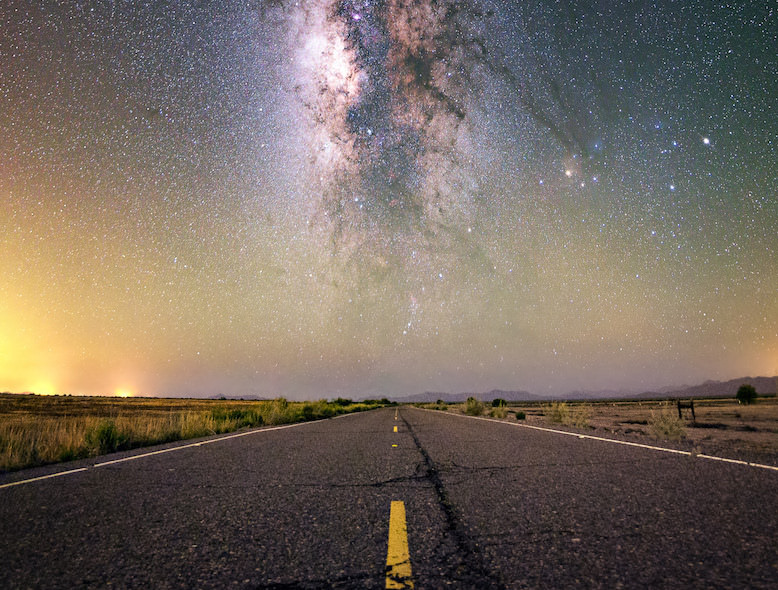
Stay on this road long enough and you'll reach the heart of the Milky Way, just 26,000 light-years to go.
Continue reading
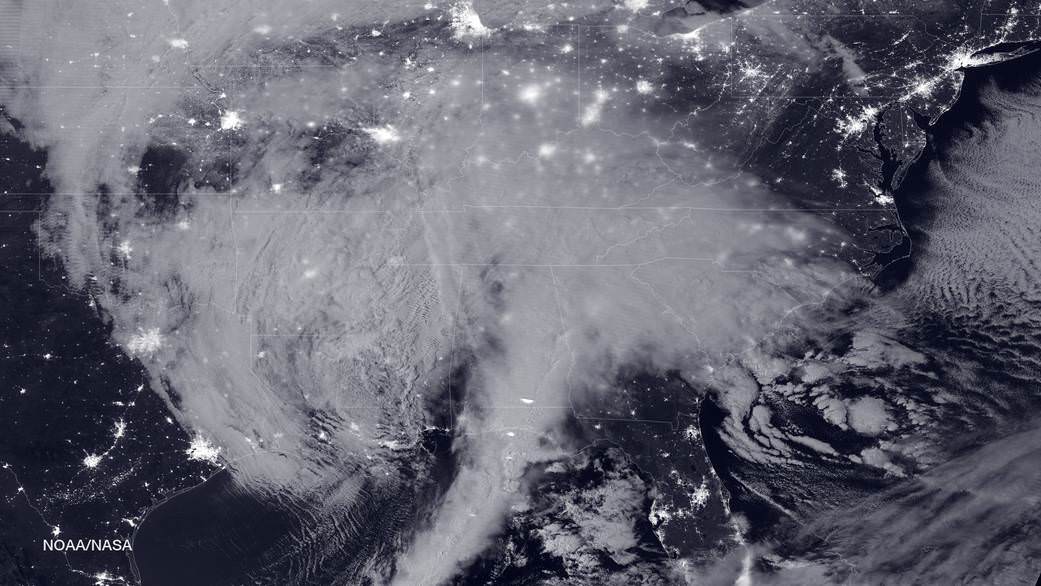
NEW JERSEY- The monstrous 'Blizzard of 2016' predicted by weather forecasters for days has struck a wide swath of the US East Coast from the Gulf coast to the Carolinas to New York and soon into New England, with full fury today, Friday, Jan. 22.
Continue reading
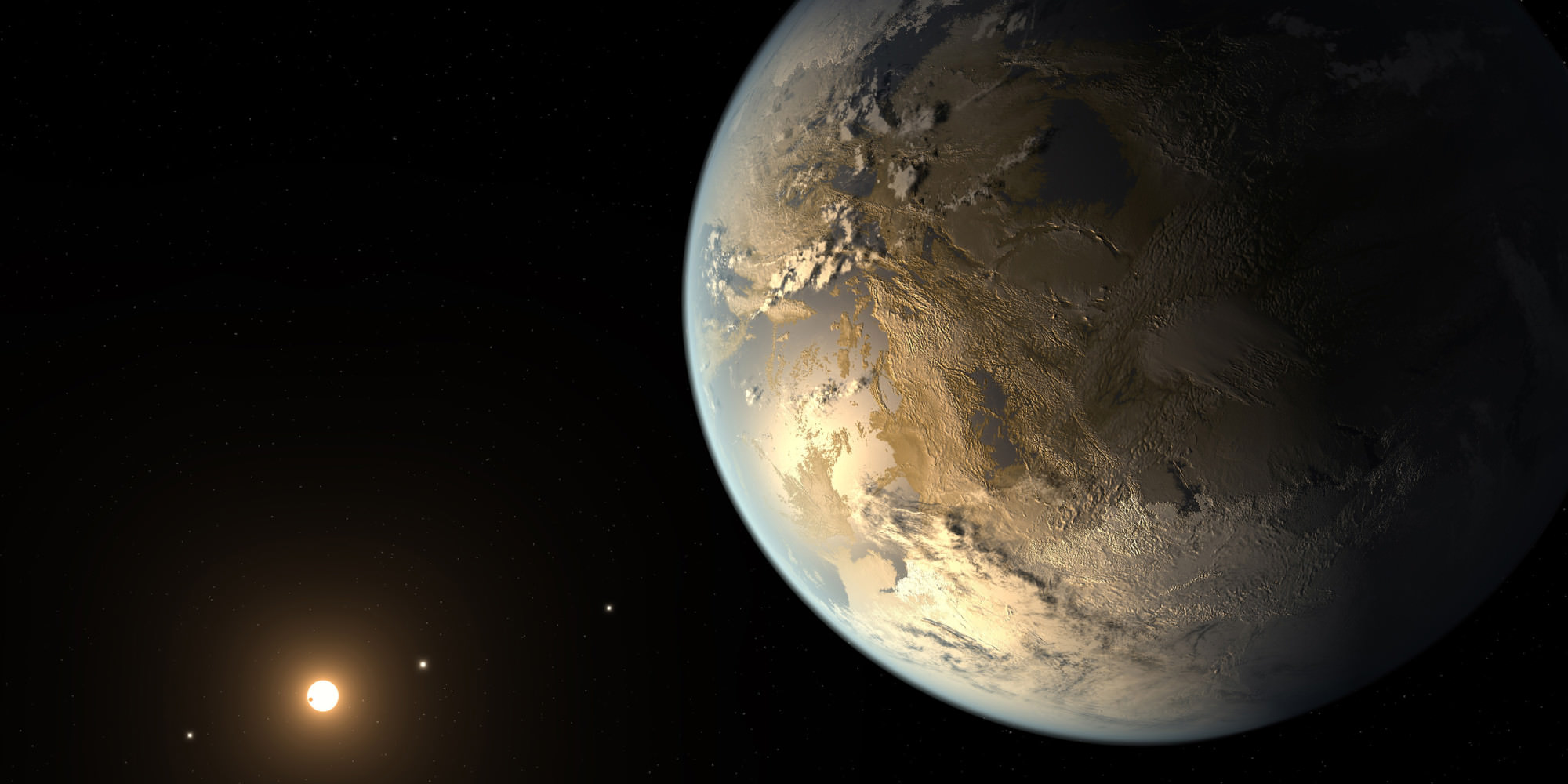
According to researchers from Australia National University, the reason humanity has found no evidence of alien life may be because it is extinct
Continue reading

Continue reading
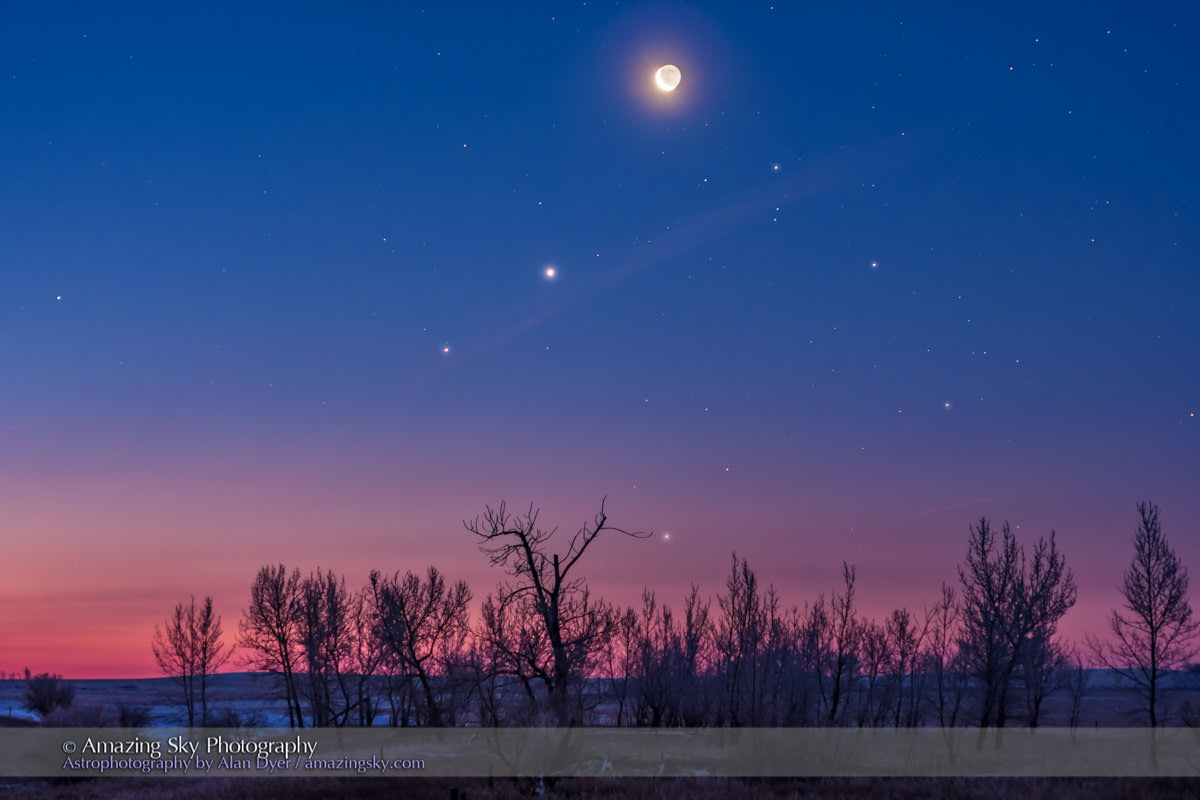
A fine meeting of all five naked eye planets greets dawn skywatchers in early February as Mercury, Venus, Mars, Saturn and Jupiter are all visible at once. Watch as the Moon visits all five, and follow the planets through 2016.
Continue reading

In a major step towards flight, engineers at NASA's Michoud Assembly Facility in New Orleans have finished welding together the pressure vessel for the first Lunar Orion crew module that will blastoff in 2018 atop the agency's Space Launch System (SLS) rocket.
Continue reading
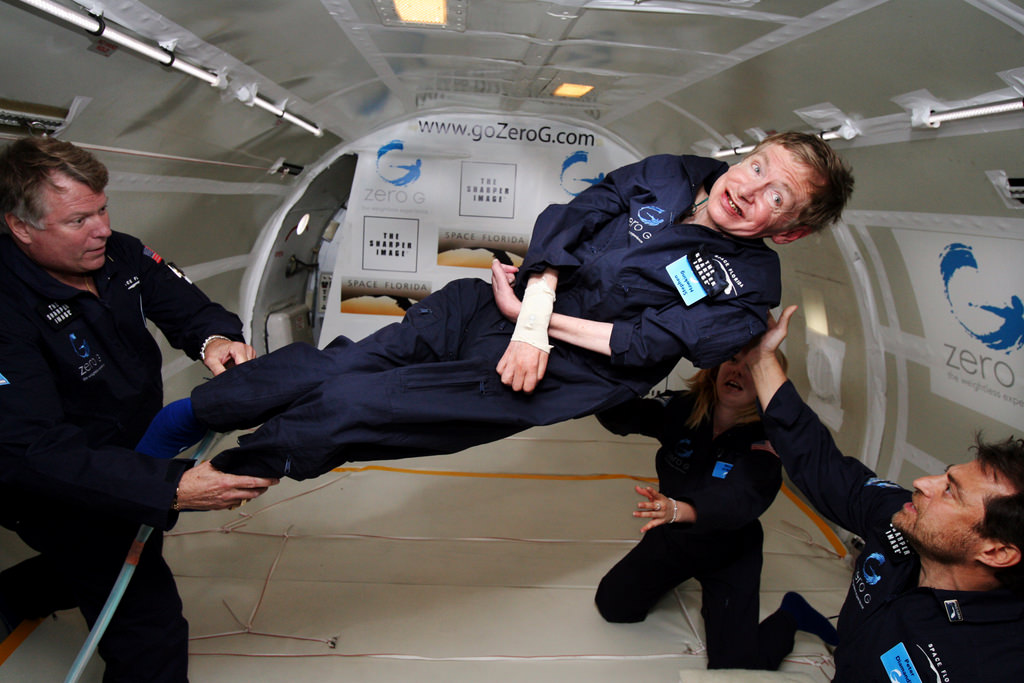
Continue reading
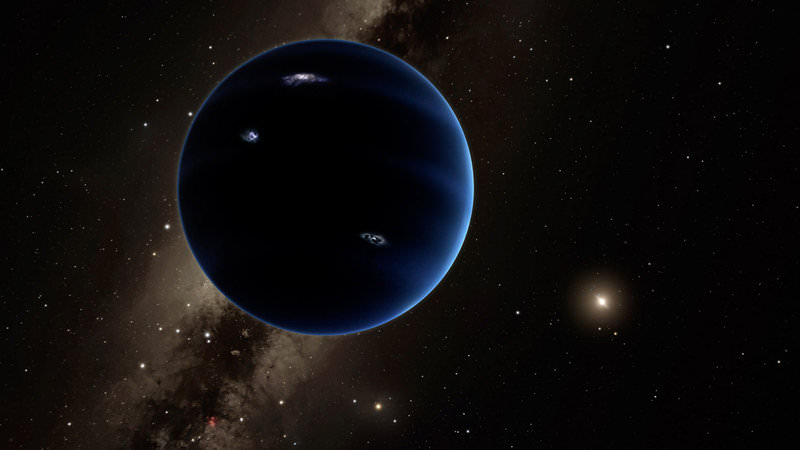
The astronomer known worldwide for vigorously promoting the demotion of Pluto from its decades long perch as the 9th Planet, has now found theoretical evidence for a new and very distant gas giant planet lurking way beyond Pluto out to the far reaches of our solar system.
Continue reading
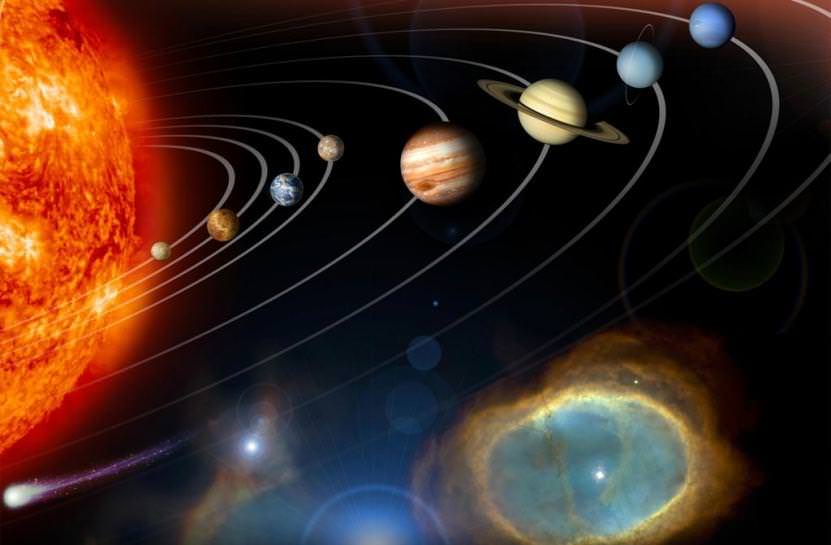
We are all familiar with how long a day is here on Earth. But how long is a day on the other planets of our Solar System?
Continue reading
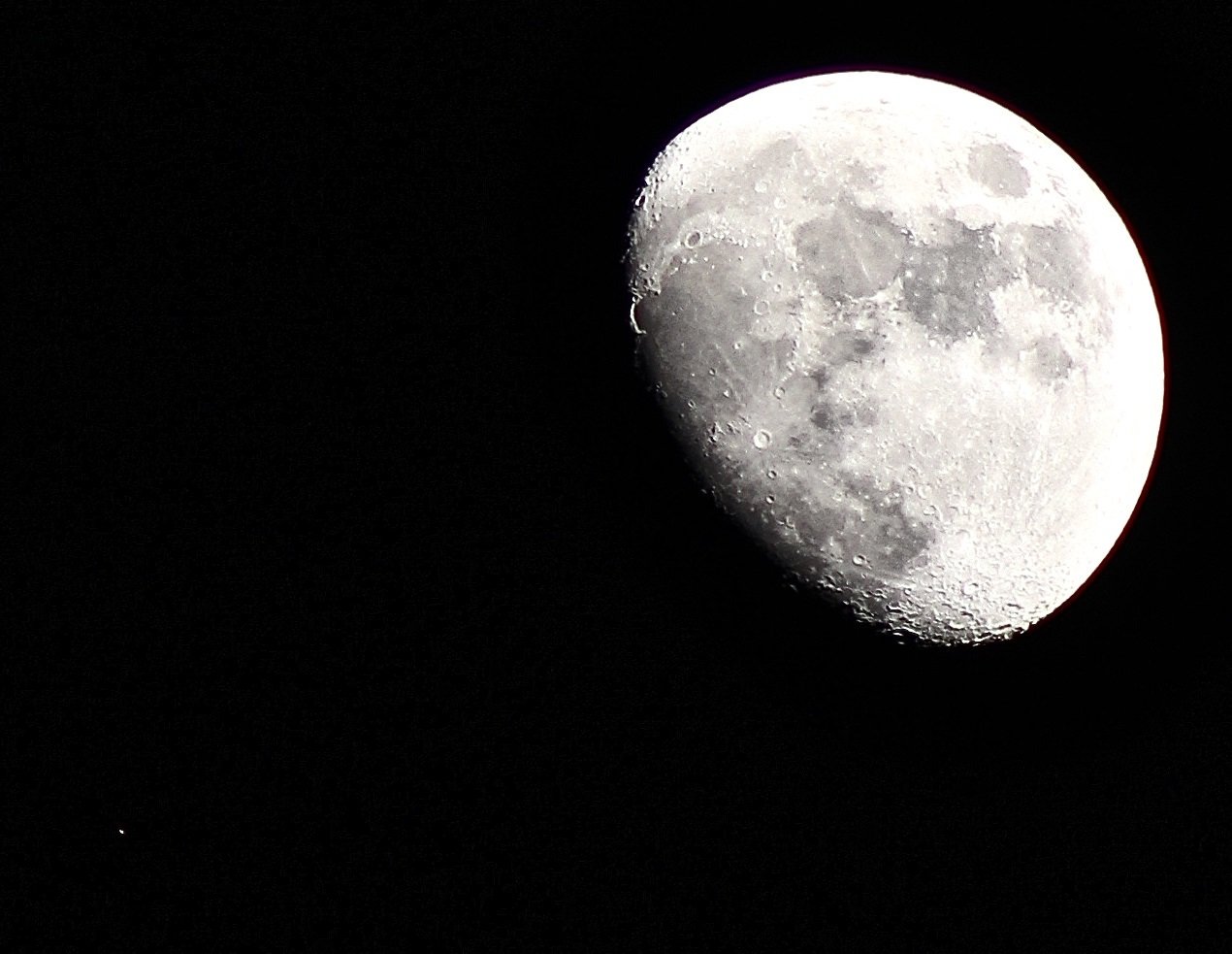
Reader images of the January 19th, 2016 occultation of the bright star Aldebaran by the waxing gibbous Moon. the event was visible across North America, the northern Atlantic, and Western Europe. Readers responded with Vines, pics, videos and more!
Continue reading

The first Zinnia flower to bloom in space is dramatically catching the sun's rays like we have never seen before - through the windows of the Cupola on the International Space Station (ISS) while simultaneously providing a splash of soothing color, nature and reminders of home to the multinational crew living and working on the orbital science laboratory.
Continue reading
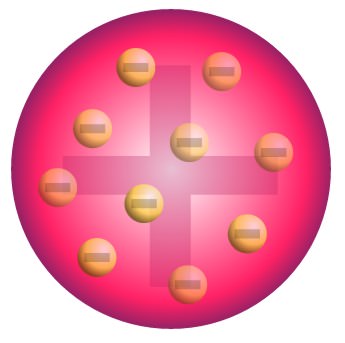
The Plum Pudding Model, which was devised by J.J. Thompson by the end of the 19th century, was a crucial step in the development of atomic physics
Continue reading
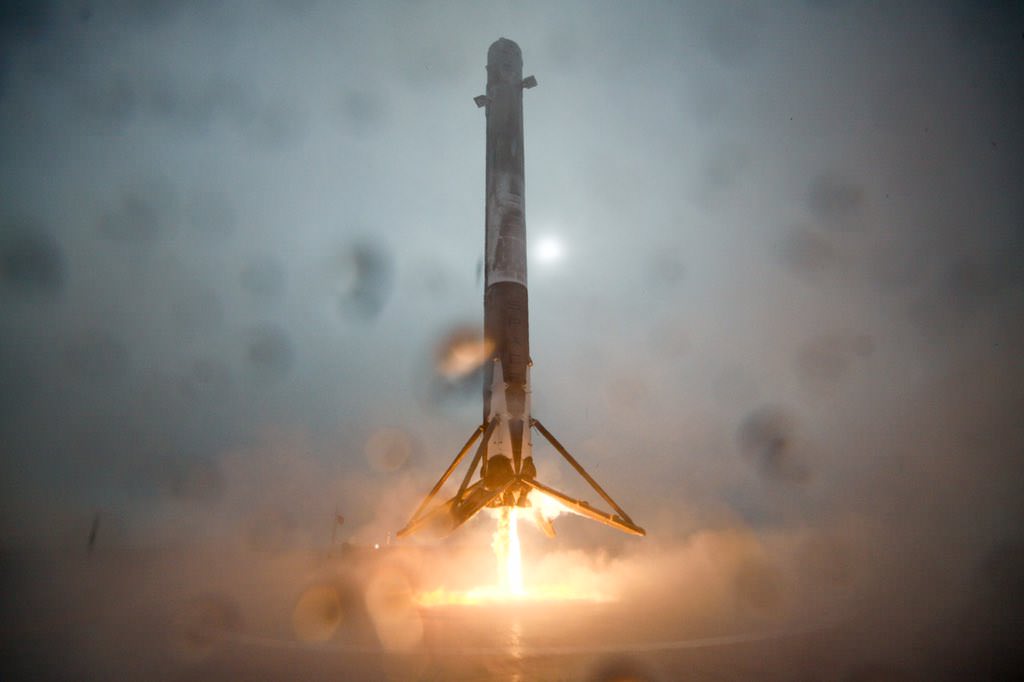
SpaceX came much closer to sticking the landing of their Falcon 9 rocket on a tiny droneship at sea than initially thought, as evidenced by a dramatic video of the latest attempt to recover the booster by making a soft ocean touchdown on Sunday, Jan. 17, after successfully propelling a US-European ocean surveillance satellite to low Earth orbit.
Continue reading
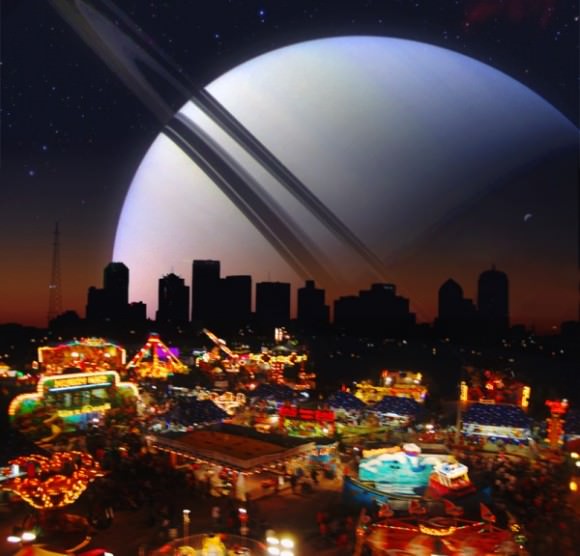
Continue reading

Don't miss a fine occultation of the bright star Aldebaran by the waxing gibbous Moon on the evening of Tuesday, January 19th, visible across North America and the UK/western Europe.
Continue reading
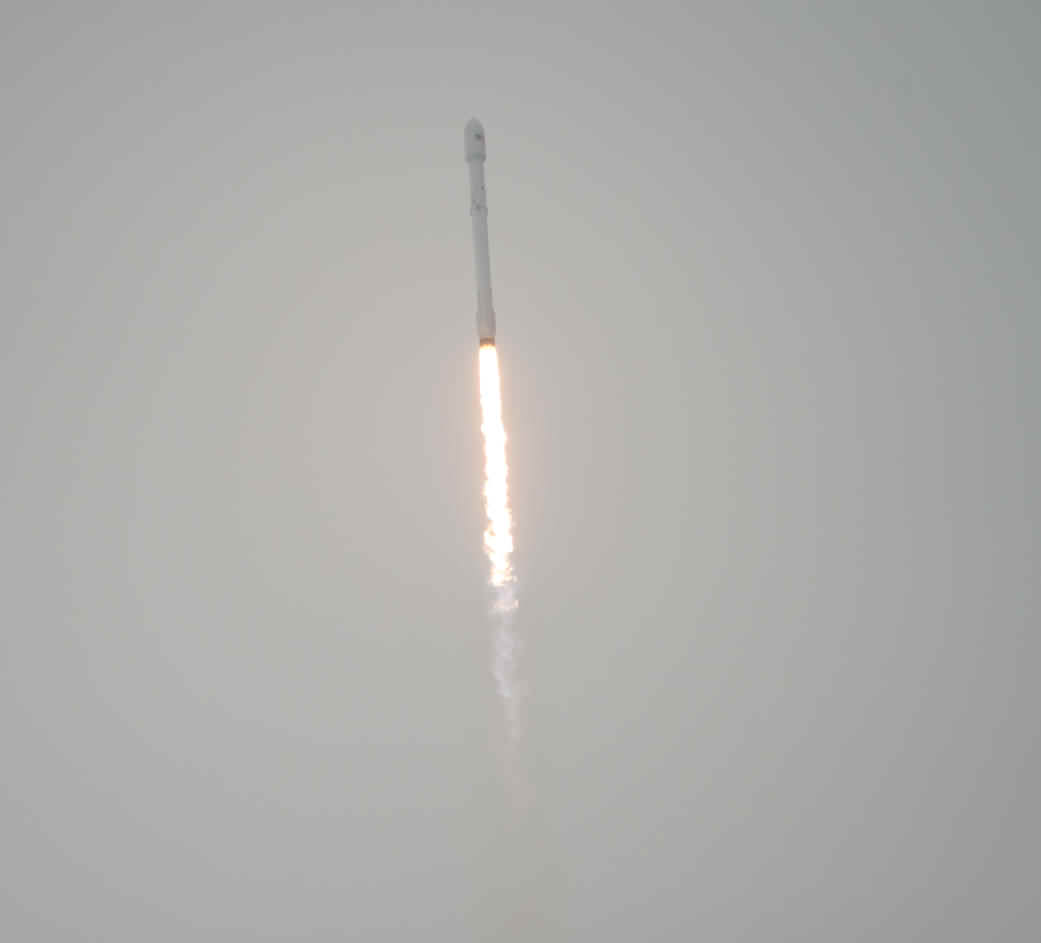
A SpaceX Falcon 9 rocket successfully launched the NASA/NOAA/European Jason-3 sea level rise reconnaissance satellite a short while ago today, Sunday, Jan. 17, from Vandenberg Air Force Base into a polar orbit around the Earth.
Continue reading
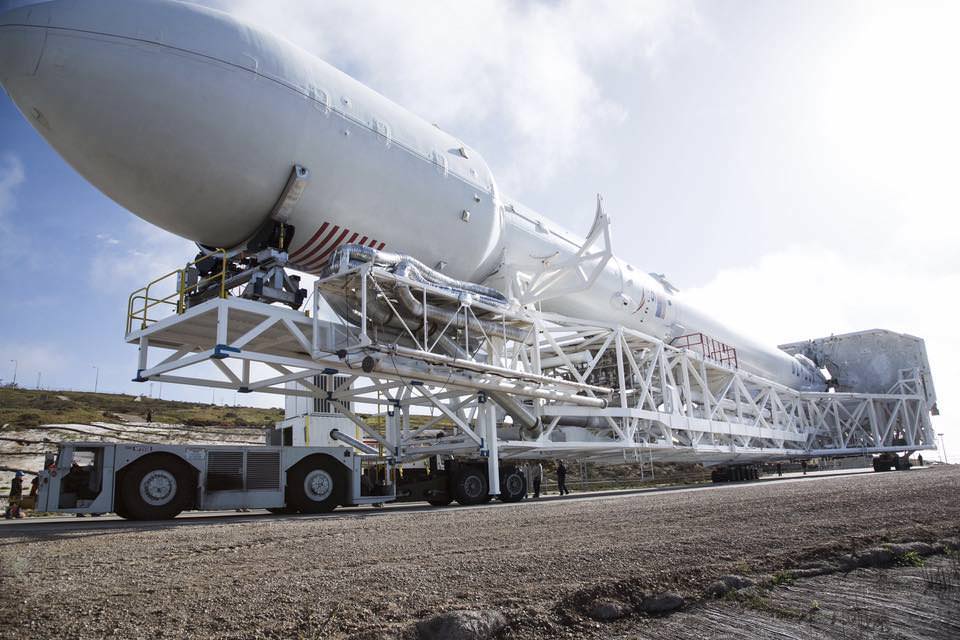
The joint NASA-European ocean surveillance satellite named Jason-3 is poised for blastoff from SpaceX's California launch pad on Sunday, Jan. 17 - followed immediately by another Falcon 9 rocket recovery landing on a barge at sea. The weather forecast is outstanding! And you can watch all the excitement live.
Continue reading
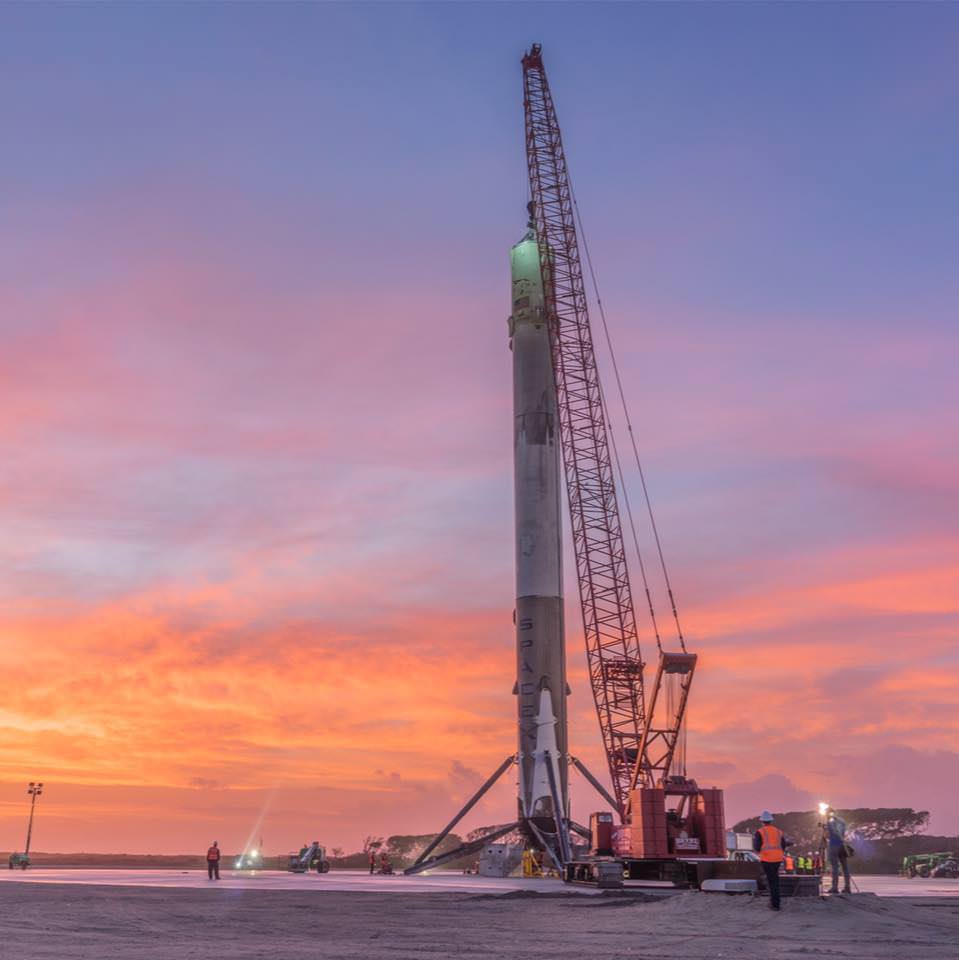
In a major advance towards the dream of rocket reusability, SpaceX successfully test fired the first stage engines of the Falcon 9 booster they successfully recovered last month - following its launch to the edge of space and back that ended with a history making upright landing at Cape Canaveral.
Continue reading
Continue reading

A shuttle will soar again from American soil before this decade is out, following NASA's announcement today (Jan 14) that an unmanned version of the Dream Chaser spaceplane was among the trio of US awardees winning commercial contracts to ship essential cargo to the International Space Station (ISS) starting in 2019.
Continue reading

People have often wondered what Earth would look like if it had Saturn's rings. JPL's Kevin Gill lets them know with his new photoseries
Continue reading
Continue reading

NASA's Dawn spacecraft has unveiled a new patch of intriguing bright features in the most recent series of striking close-up images taken just after the probe reached the lowest altitude it will ever reach during the mission.
Continue reading
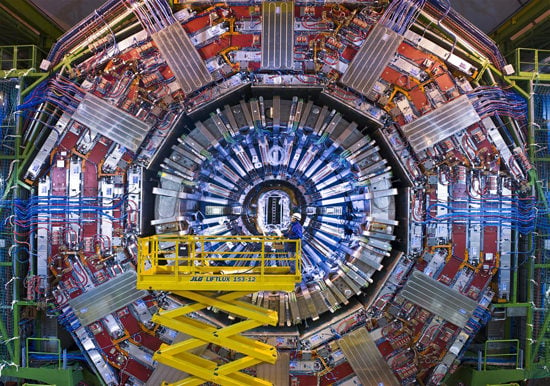
Electromagnets, which rely on electrical current to generate magnetic fields, are used to powering everything from medical equipment to consumer electronics.
Continue reading

SpaceX is on course to move ahead with an ambitious spaceflight agenda, trying a 2nd rocket recovery landing of their Falcon 9 booster in barely 4 weeks time and upcoming this Sunday, Jan. 17, says Elon Musk, the billionaire founder and CEO of SpaceX.
Continue reading

Continue reading
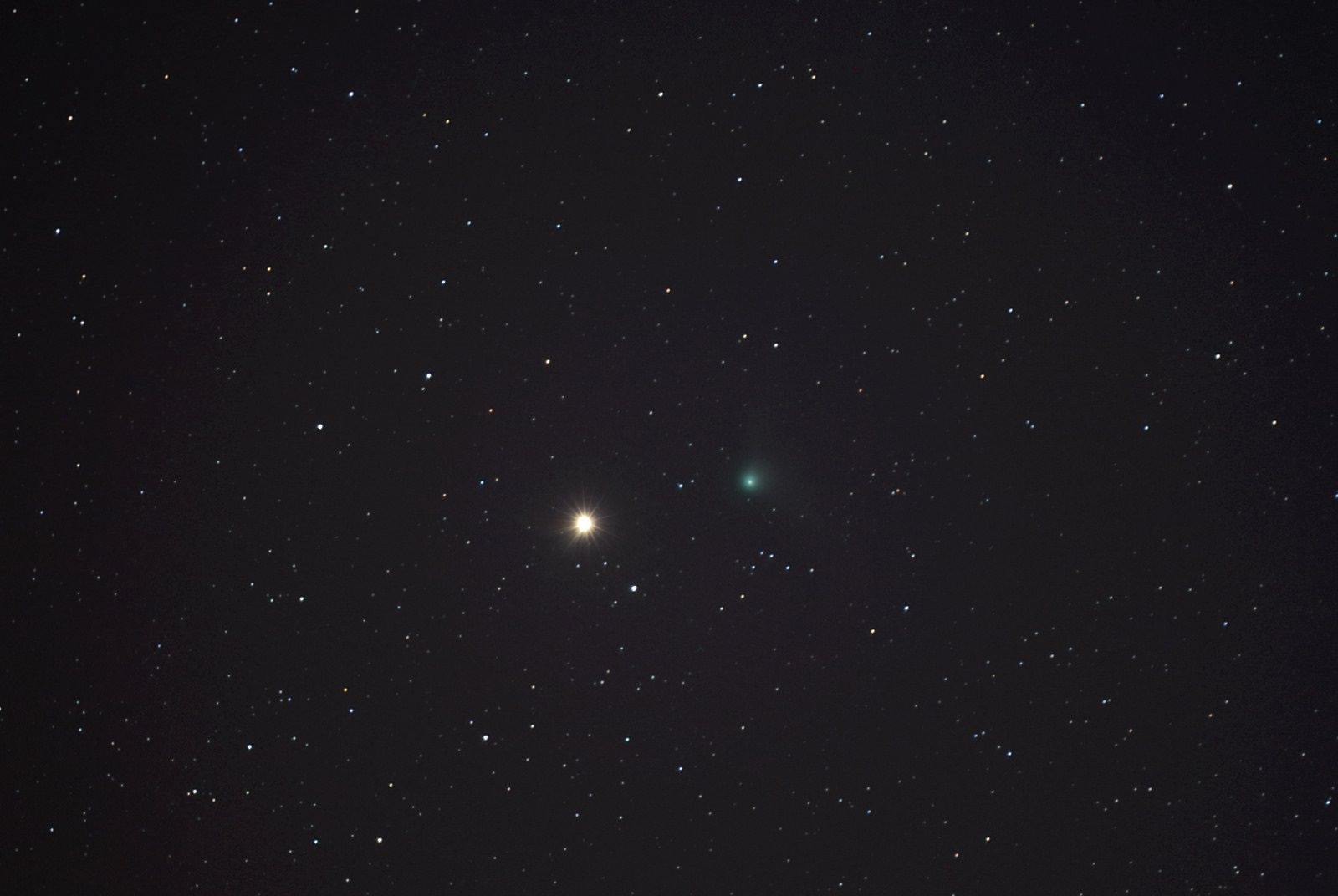
Comet C/2013 US10 Catalina puts on its final act this week through late January, as it crosses through northern hemisphere skies. Here's how to find it, what to expect, and some great images from Universe Today readers. The time to catch this bright binocular comet is this week!
Continue reading

The geocentric model of the universe, in which the Sun, planets and stars revolved around the Earth, was the accepted view of the cosmos for millennia.
Continue reading
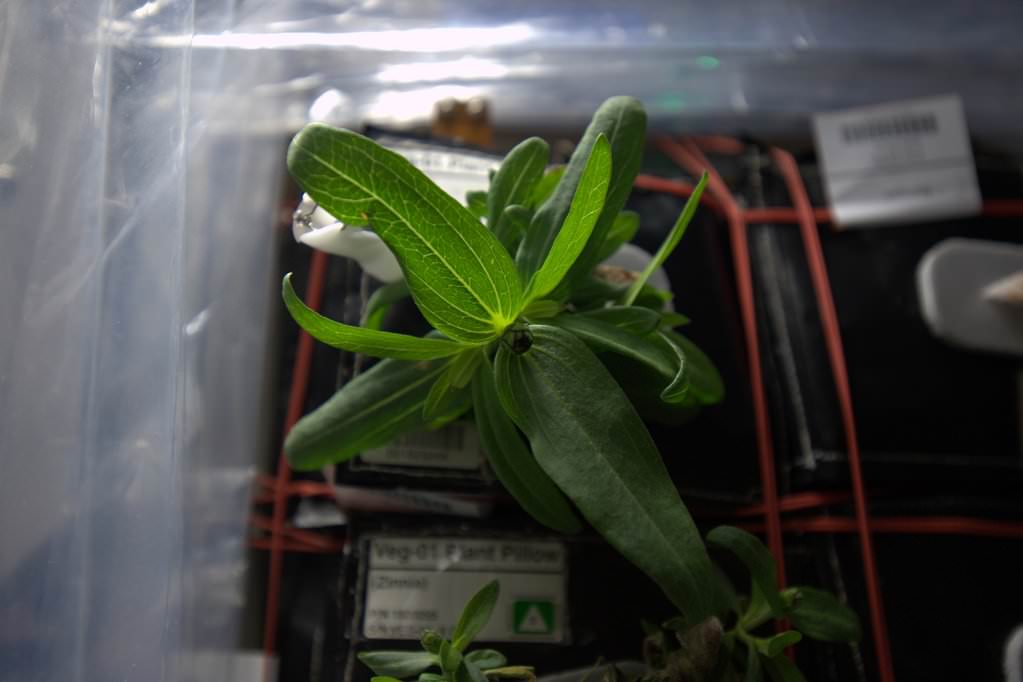
Zinnia experimental plants growing aboard the International Space Station (ISS) have staged a dramatic New Year's comeback from a potential near death experience over the Christmas holidays, when traces of mold were discovered.
Continue reading

When space tourism gets underway, companies will have many options for getting people to and from the Moon, some faster than others.
Continue reading
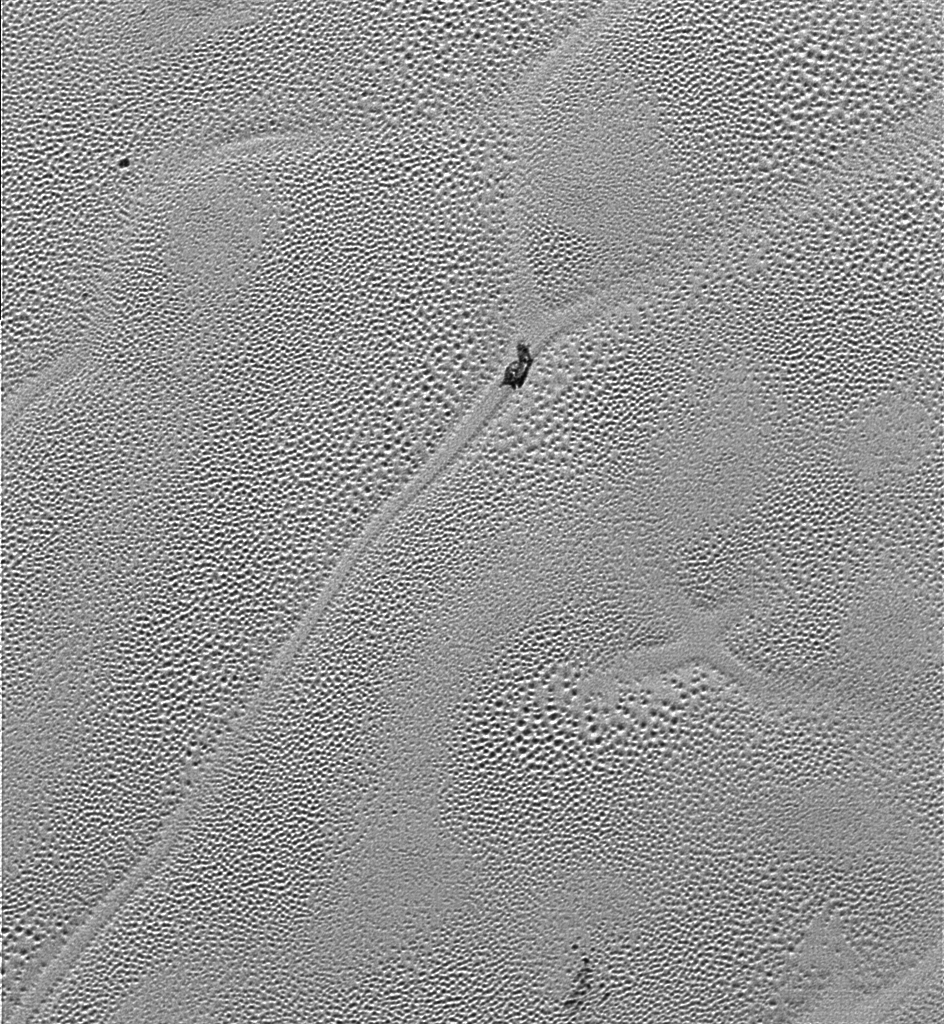
"X" marks the spot that's illustrative of "convective churning" resulting from subsurface planetary heating, as seen in a fascinating new super high resolution image received from NASA's New Horizons spacecraft on Christmas Eve, Dec. 24, 2015.
Continue reading

Continue reading

 Universe Today
Universe Today











































